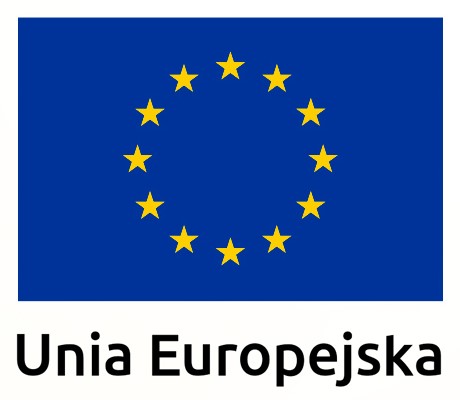Just what is flexographic printing and what does it involve?

The various techniques and types of printing play a key role in many industries, making it possible to produce high-quality lettering, graphics or designs on a variety of materials, for example, to create aesthetically pleasing packaging. One of the most popular, widely used processes in recent years is flexographic printing.
This technique, based on the precise application of paint and the flexibility of the matrix, is extremely effective. Therefore, it is worth taking a closer look at it. We explain what flexography is, where it is used and what are its main advantages.
What is flexo printing?
The printing process described in this article is not at all a technological innovation of recent years, although it must be admitted that much has changed in it.
To explain exactly what flexography is, it's worth going all the way back to the 19th century, when the first attempts were made to print with this method.
At the time, it was primarily used to prepare lower-quality packaging. However, in the decades that followed, flexographic printing developed significantly, and its use in various industries grew in popularity. In the 1930s it began to be used on a large scale - among other things, the type of inks and the font were changed, replaced by a flexible matrix. Today, flexographic printing is a highly refined technique that uses a flexible die to transfer ink to the substrate. The matrix is made of plastic, most often a polymer, allowing precise application of ink on different types of materials. The quality of the resulting prints matches that known from screen printing or offset printing.
How does the flexographic printing process work?
The first step is to prepare the design to be made in the printing process. After that, a form is developed, applying paint to the specified material. Flexography uses raster rollers and flexible dies. The rollers have grooves that act as ink reservoirs, while the dies reflect the desired design onto the material. The next step is to use the right ink. Nowadays, flexographic printing uses inks distinguished by their short drying time, durability and resistance to weathering. Once the form is prepared and the flexo machine is filled with the right inks, work can begin. The first batches are carefully checked for quality to make sure there is no blurring in the print, for example.
What is the use of flexographic printing?
Flexibility, high quality and adaptability to different materials make the described method an extremely popular choice for many companies. Flexographic printing is used primarily in packaging production. The food, pharmaceutical, cosmetic and many other industries use this technology to create labels, bulk packaging, plastic bags and other materials. Flexography offers the ability to precisely apply colors and patterns to a variety of surfaces, providing durability, protection and attractive packaging.
It's also worth mentioning that flexographic printing is applicable to work with various types of materials. It will work well on, among other things:
-
paper,
-
plastics (e.g., films, bags, plastic packaging),
-
corrugated cardboard,
-
aluminum foil,
-
self-adhesive materials (labels, adhesive tapes)
-
laminated materials,
-
cardboard and cardboard packaging,
-
decorative tapes and decorative films,
-
coated papers.
What are the most important advantages of flexography?
We have already briefly mentioned the significant benefits of the method described. However, already knowing what flexography is, it is worth taking a closer look at the most important advantages it provides to companies in various industries. They are the ones that influence the growing popularity of this printing technology.
-
High quality printing
The flexible matrix allows for precise ink application, resulting in a sharp, clean and aesthetically pleasing print. This makes flexography particularly effective for creating materials with a lot of detail, such as text, logos or illustrations.
-
Wide range of applications
We have already described this advantage in previous paragraphs. Flexographic printing is very versatile and is applicable to a variety of materials.
-
Resistance and durability
The ink, which is used in flexographic printing, is highly resistant to fading and maintains its properties for a long time. The prints are also characterized by resistance to other factors, such as moisture and abrasion. This is why flexography is often chosen for creating packaging.
-
Production efficiency
The described method is also known for its high productivity and short production time. The process is automated, and printing machines are capable of operating at high speeds, allowing even very large print runs to be produced efficiently. This makes flexographic printing attractive to companies in need of short turnaround times and high print volumes.
Who is worth outsourcing flexo printing to?
Anyone looking for a professional flexographic printing company that offers flexographic printing of the highest quality is welcome to use our services. We have advanced equipment and an experienced team that will take care of the high quality and efficiency of production. Whatever your needs, we can customize the flexography method to meet your individual requirements, advising you on the process of creating packaging or labels, for example.
>>> see also what are the Most important functions of product labels
back








